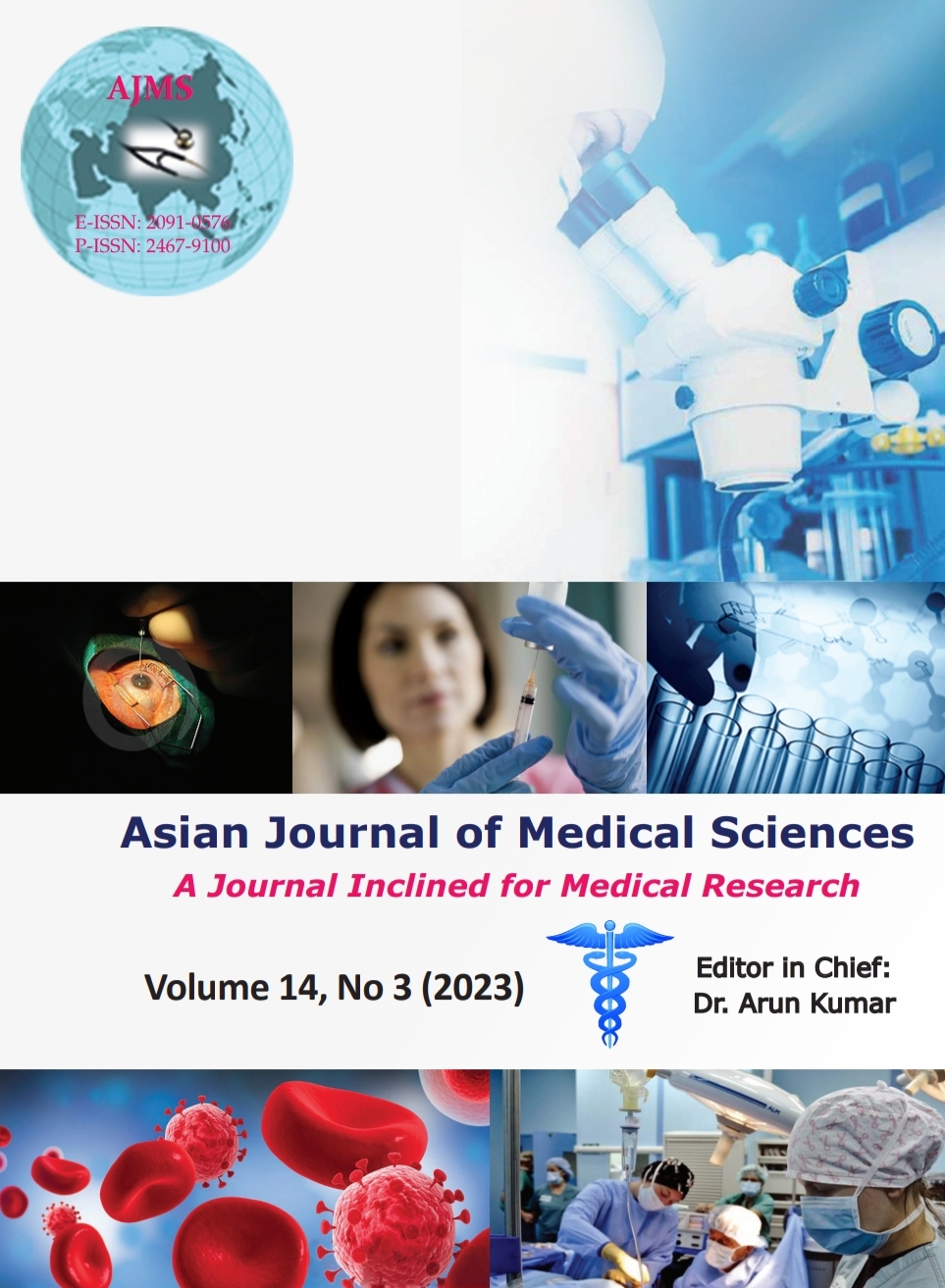Comparative analysis between fasting and postprandial apolipoprotein B and total cholesterol/high-density lipoprotein-cholesterol ratio for atherosclerosis risk prediction in type 2 diabetes mellitus subjects of central India
Keywords:
Type 2 diabetes mellitus; Postprandial; Total cholesterol; High-density lipoprotein ratio; Apolipoprotein B; Cardiovascular diseasesAbstract
Background: Type 2 diabetes mellitus (Type 2 DM), characterized by a relative insulin deficiency or insulin resistance, is associated with a cluster of metabolic abnormalities, which includes glucose intolerance, hypertension, a unique dyslipidemia, a procoagulant state, and an increase in macrovascular diseases.
Aims and Objectives: The present study was conducted to correlate between fasting and postprandial apolipoprotein B and total cholesterol/high-density lipoprotein-cholesterol (TC/HDL-C) ratio for predicting the risk of atherosclerosis in T2DM subjects.
Materials and Methods: Sixty clinically diagnosed cases of T2DM (age group of 35–65 years and duration of diabetes of more than 5 years) were included in the study and sixty age- and sex-matched healthy subjects were taken as the controls. In both the study groups, we measured postprandial as well as fasting lipid profile, which comprised serum TC, triglycerides (TGs), HDL-C, low-density lipoprotein cholesterol (LDL-C), and apolipoprotein B. Ratio is calculated as TC/HDL-C in both fasting and postprandial state. The statistical analysis was done using the students unpaired’-test.
Results: The results of the present study showed significantly increased levels of postprandial serum TC, TGs, LDL-C, and apo B as compared to those in the fasting state (P<0.05). The serum HDL-C level was significantly lower in the postprandial state as compared to that in the fasting state (P<0.05). Postprandial TC/HDL-C and apo B are increased significantly as compared to fasting condition in type 2 diabetes subjects.
Conclusion: The findings suggest that postprandial lipid profile, apolipoprotein B, and TC/HDL-C ratio as a cardiovascular risk factor can be utilized as simple marker utilizing simple parameters in lipid profile that significantly increased in the postprandial state.Thus, Apolipoprotein B, the marker of the number of LDL particles (for atherosclerosis) in the circulation and TC/HDL-C ratio can be routinely estimated for the atherosclerosis risk assessment in type 2 diabetes subjects in the postprandial state.
Downloads
Downloads
Published
How to Cite
Issue
Section
License
Copyright (c) 2023 Asian Journal of Medical Sciences

This work is licensed under a Creative Commons Attribution-NonCommercial 4.0 International License.
Authors who publish with this journal agree to the following terms:
- The journal holds copyright and publishes the work under a Creative Commons CC-BY-NC license that permits use, distribution and reprduction in any medium, provided the original work is properly cited and is not used for commercial purposes. The journal should be recognised as the original publisher of this work.
- Authors are able to enter into separate, additional contractual arrangements for the non-exclusive distribution of the journal's published version of the work (e.g., post it to an institutional repository or publish it in a book), with an acknowledgement of its initial publication in this journal.
- Authors are permitted and encouraged to post their work online (e.g., in institutional repositories or on their website) prior to and during the submission process, as it can lead to productive exchanges, as well as earlier and greater citation of published work (See The Effect of Open Access).




